All Saints Church
Religious Place In Rothbury, Northumberland
A Parish Church close to the centre of Rothbury, parts of which date back to the 1200s
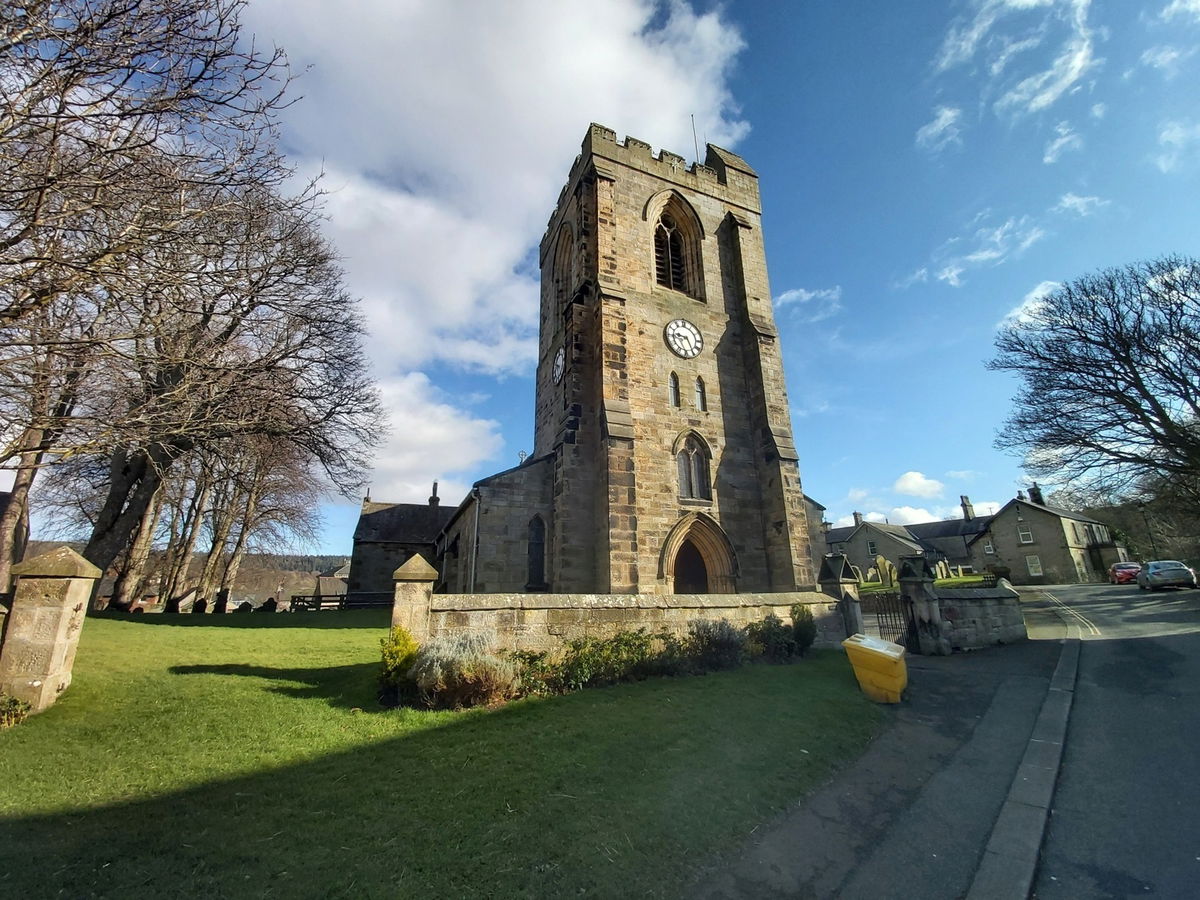
All Saints Parish Church can be found close to the centre of Rothbury and looks similar to many Victorian era churches that can be seen all over the UK. While much of the church was built around 1850, there are parts dating back to the 1300s and even as far back as the 1200s. In addition, the Anglo-Saxons had a royal burgh here and the discovery of an Anglian cross, dated to the 8th century, would indicate that there was a church here 1200 years ago.


The two main periods of destruction of churches in England happened during the Reformation and Cromwell's Commonwealth, if we throw in some Viking and Norman invasions of the area, followed by incursions of the Scots it is surprising that any relics of old churches are found in Coquet Valley at all! The Coquet Valley, tranquil as it may seem, has been one of the most violent parts of England through the ages.

The Vikings or possibly even the Normans may have destroyed the monastic church of Rothbury but it seems the eastern part survived and was used as the foundation of a new building. This occurred during the thirteenth century. There are still parts of this building that remain and are visible today in the chancel, the chancel arch and east walls of the transepts. The Rector, Canon C. Vernon Harcourt undertook a restoration of the church in 1850 which saw the removal of galleries, dormer windows and a three-decker pulpit. With some later additions and alterations this is the church we see today.


The Pevsner Buildings of England Guide to Northumberland describes the rebuilding of the church in 1850 as "a tragedy", as it was preceded by the complete demolition of a pre-Conquest (Anglo-Saxon) tower which had stood at the western end of the church. All that remains of the original tower, the nave of the older church, or the chancel are a few pieces of decorated stonework which have been set into the interior walls of the porch alongside some medieval grave slabs. The majority of the stained glass at All Saints dates to the Victorian era, the only exceptions are two windows dedicated to the memory of local head teachers and the of the Memorial Chapel which can be found on the north wall and in the south transept respectively.
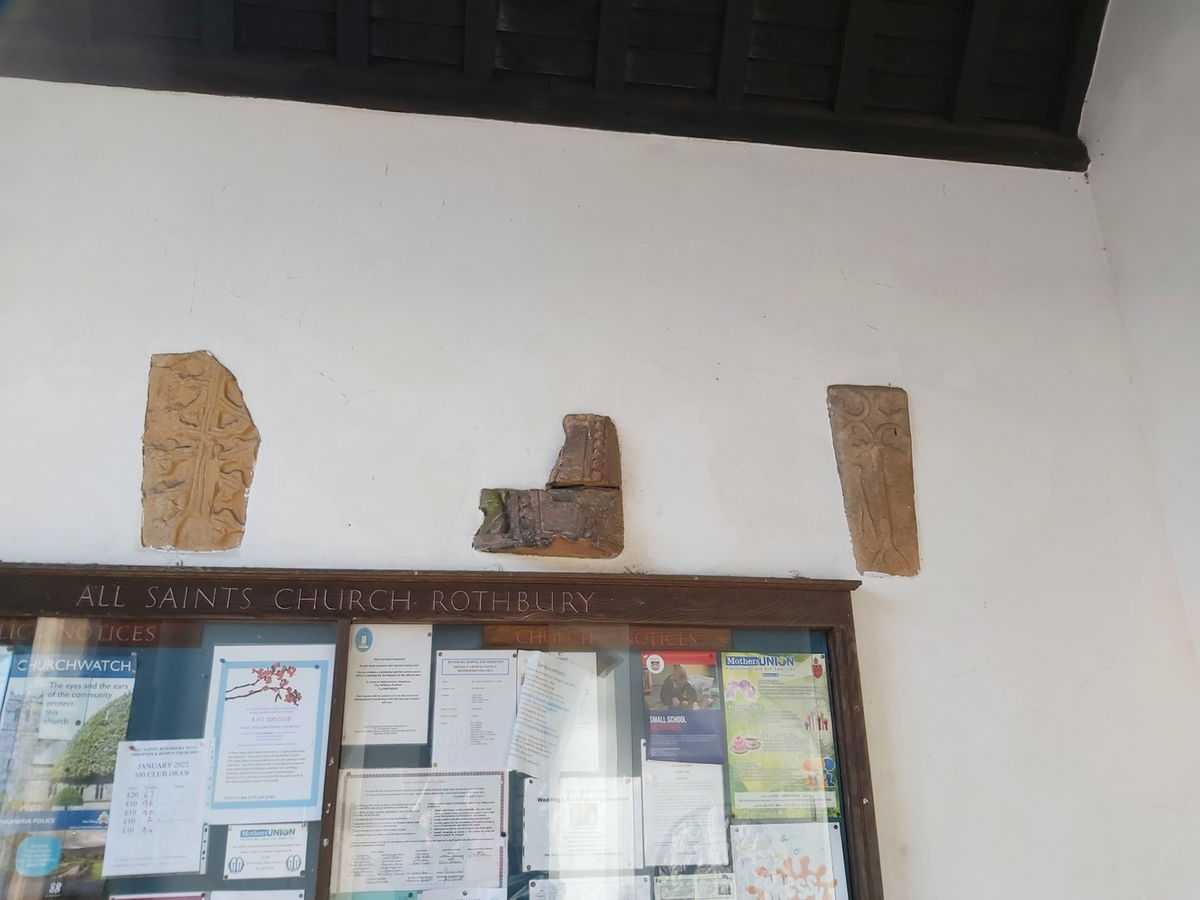
The Baptistry of All Saints holds its greatest treasure; the pedestal of the font. This is part of the shaft of the Anglo-Saxon cross, mentioned above, dated from around 800AD. Further remnants of this cross, 3 in total, were discovered during the 1850 restoration and are housed in the Museum of Antiquities, Newcastle.
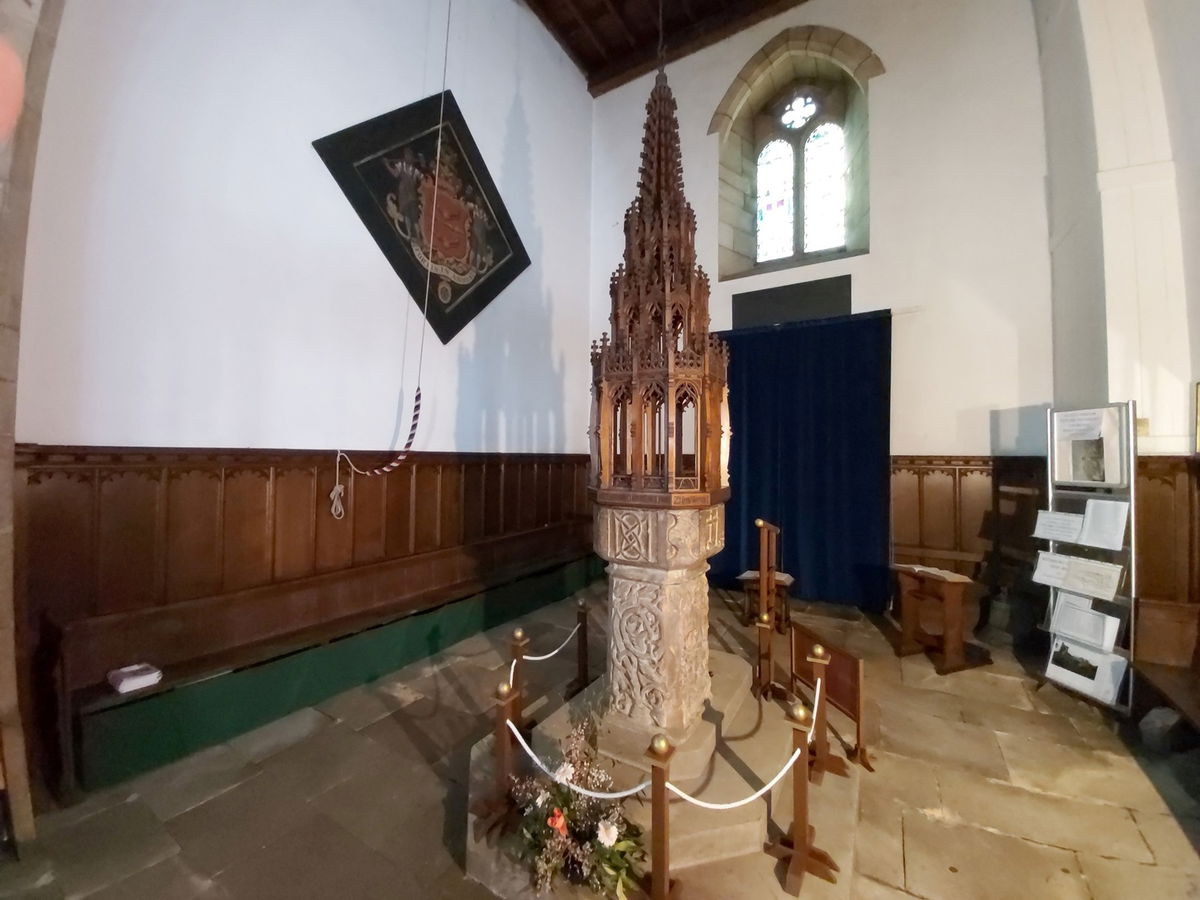
The north side depicts what is said to be the earliest carving of the Ascension in this country. In the carving, the Disciples are seen gazing up to the ascending Christ. The south face is a panel of intricate knotwork while the west face shows a carving of beasts preying on one another. Finally, on the east face a lion can be seen walking between double branches bearing fruit in clusters of three. The bowl of the font dates from 1664 and replaces one that was damaged during the English Civil War. The font cover is twentieth-century, and was given in memory of Lady Armstrong.

The pulpit at All Saints is a fine piece of Victorian carving, and depicts Bernard Gilpin, known as the 16th century “Apostle of the North” along with Saints Columba, Paulinus, Hilda and Aidan. The brass eagle lectern is also of the same period. The screen was installed in 1901 in memory of Lord Armstrong. The mouldings of the beam show eighteen shields emblazoned with the arms of landowners, benefactors, patrons, and communities connected with Rothbury Church and parish from the 12th century down to the time of installation.
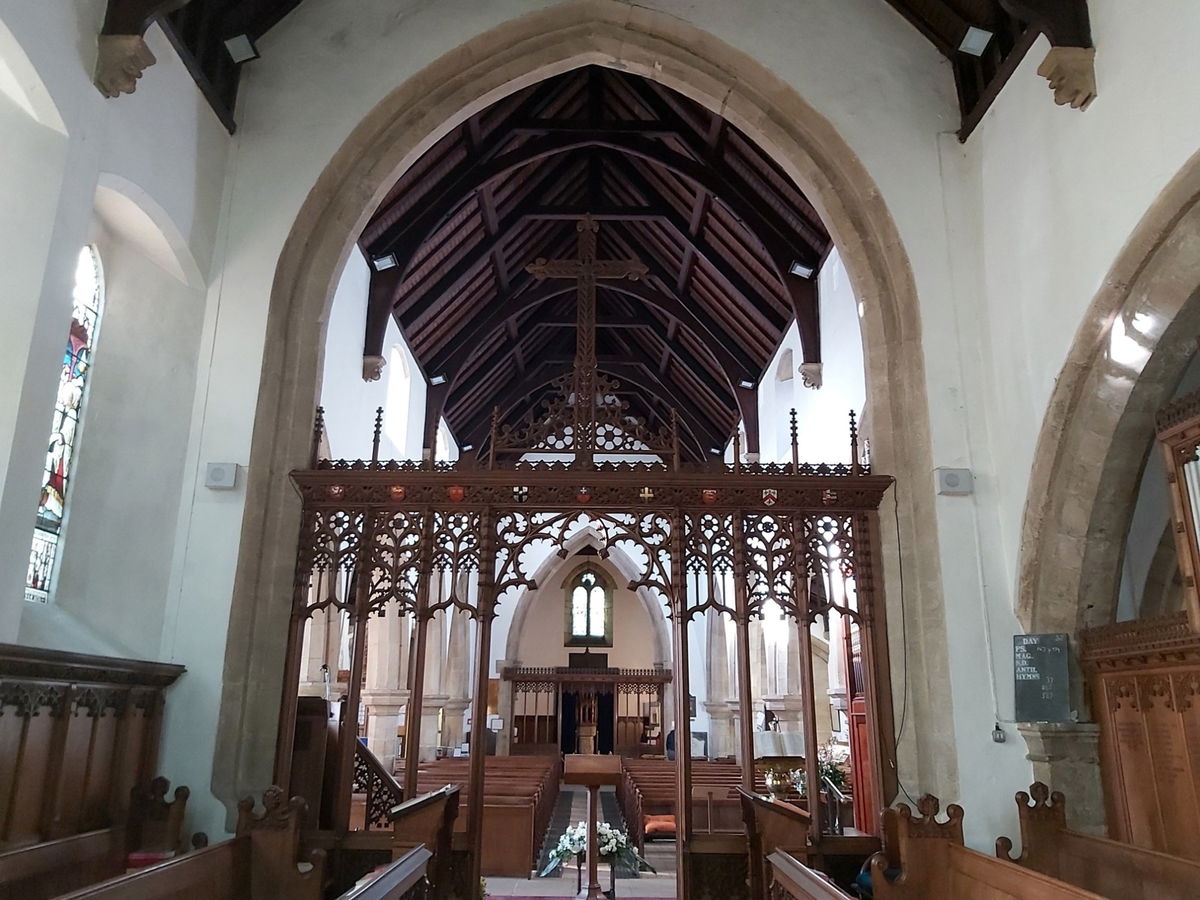
The organ screen is a memorial dedicated to those who fell in the First World War. The screen is surmounted by organ pipes, which are impressive but purely decorative. If you look closely between these fake pipes, the highly decorated functional pipes can be seen.
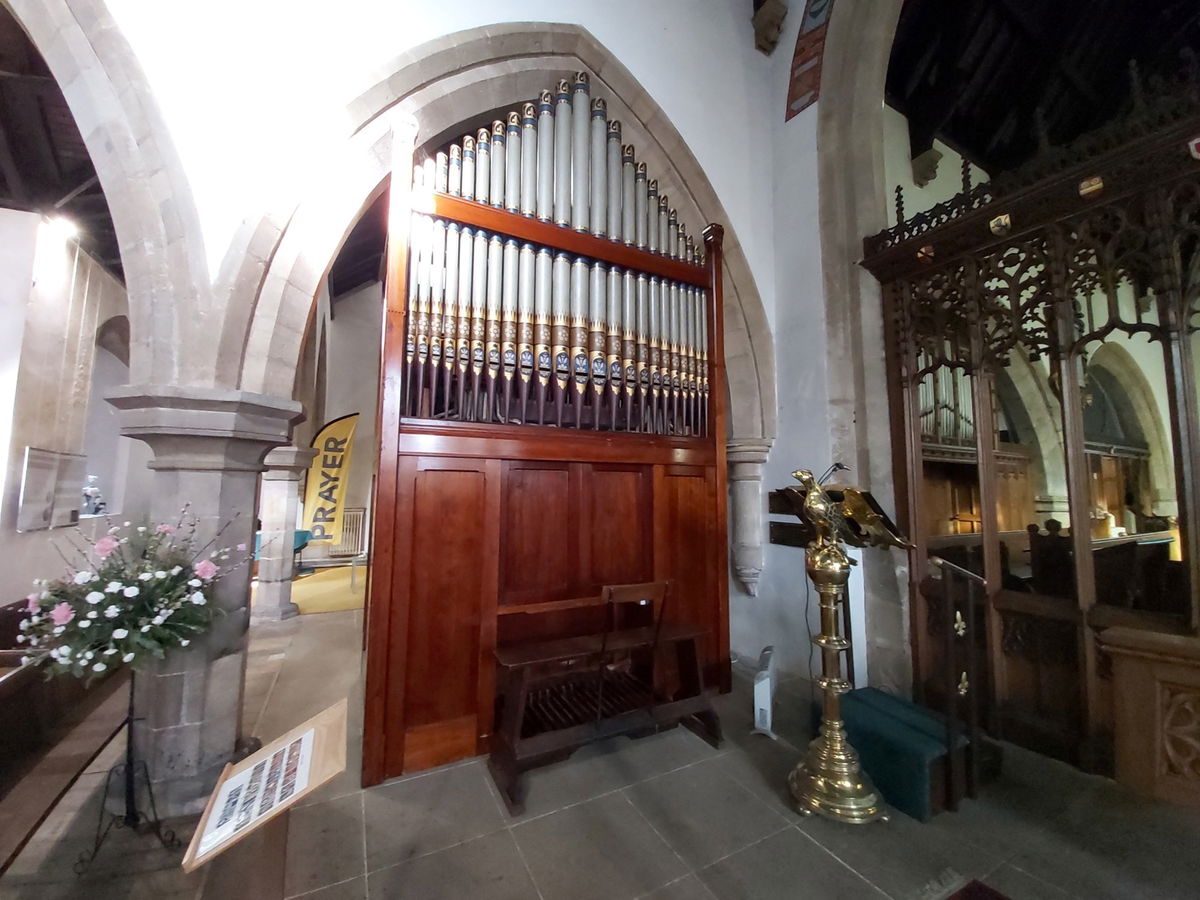
Within the Sanctuary of All Saints a 13th century Piscina, used by priests to wash their fingers during communion, can be seen to the south of the altar.
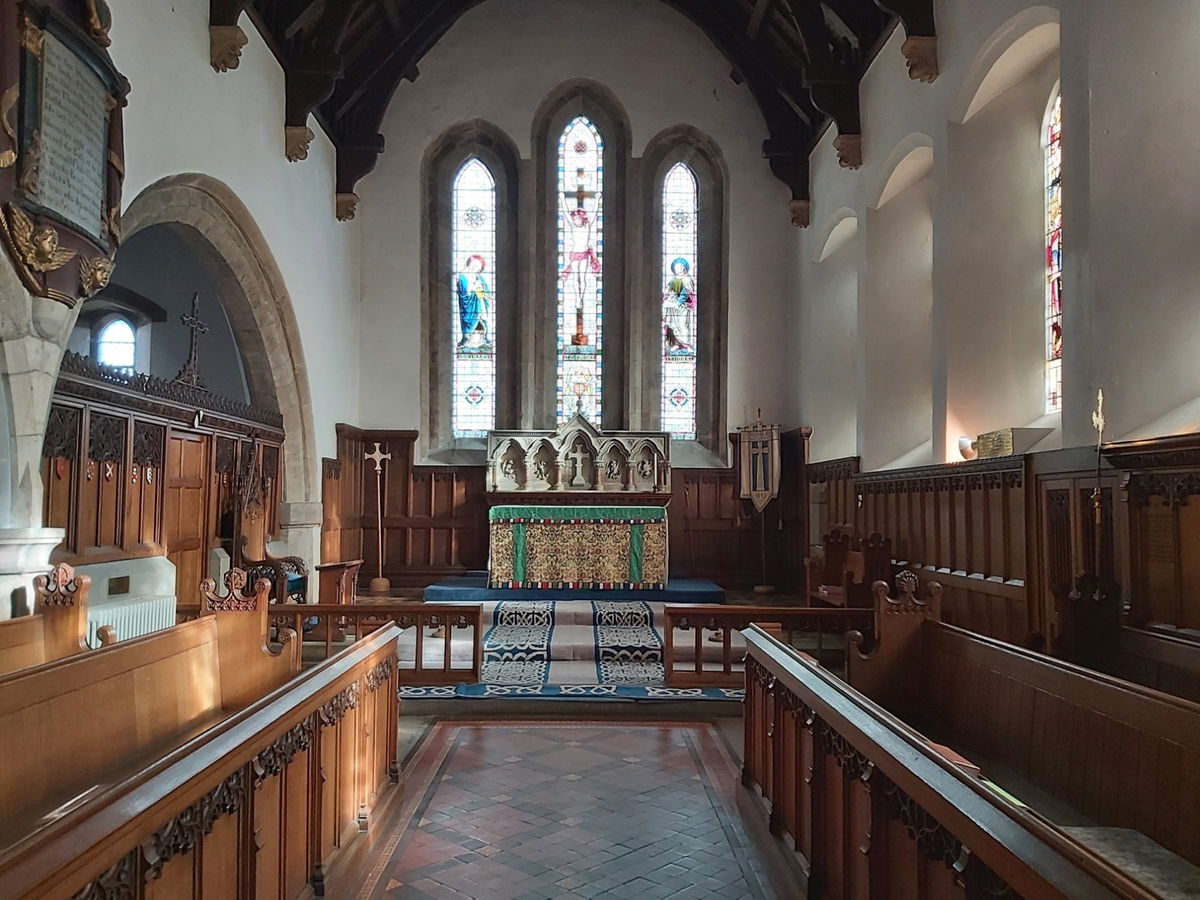
The windows of the Memorial Chapel, dedicated to the memory of those who died in both world wars, were designed by L.E. Evetts and are in keeping with the clear glass seen in many old Northumbrian churches.
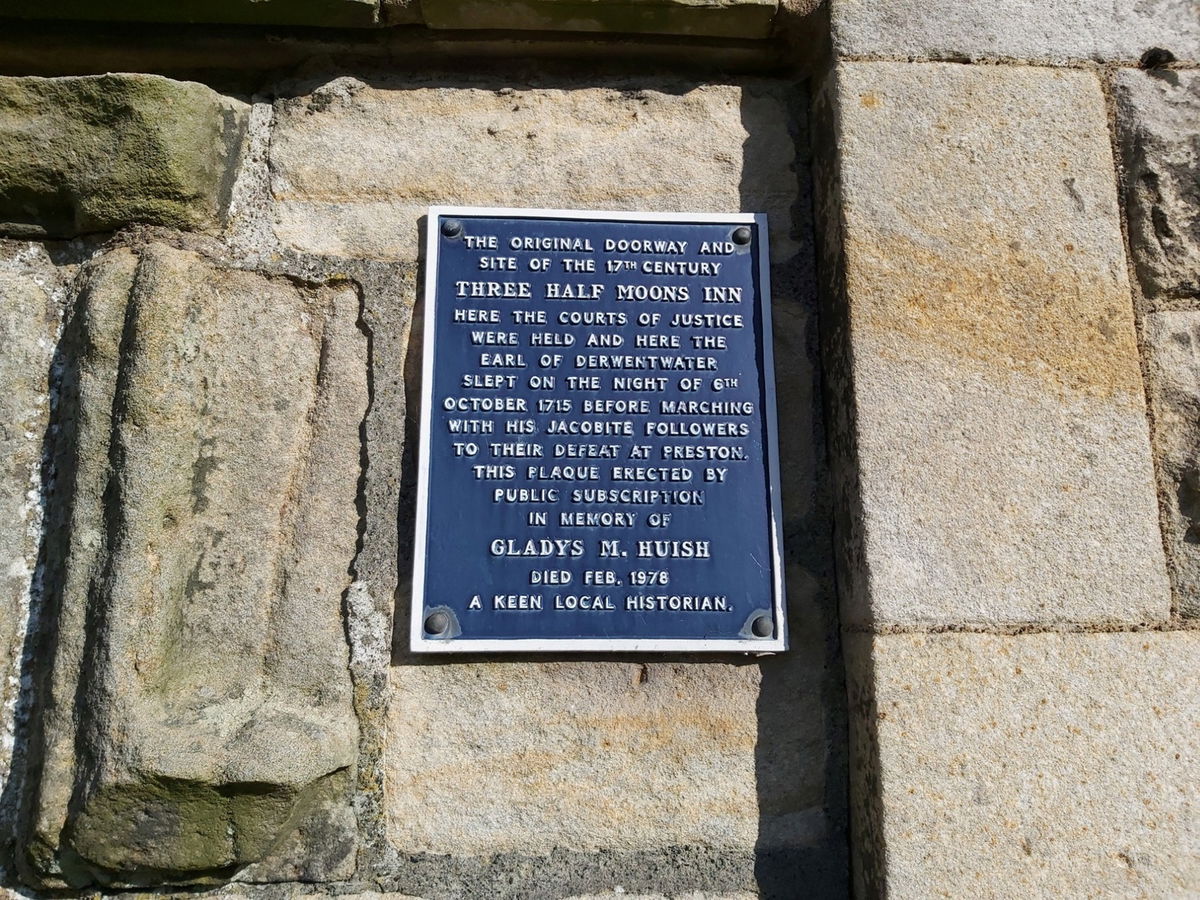
In 1929 the inner porch on the south door was erected and dedicated in memory of Dr Thomas Sharpe, who was the Rector between 1720 - 1758. One legacy of Dr. Sharpe is “Sharpe's Folly” half a mile away at Whitton which is another place to visit on the Fabulous North site.
Get 1 point if you have visited this place. Already visited by 39 VIPs.
Login to the VIP area to add places to your bucket list, mark them as visited and more importantly see where you rank on the league table.
How To Find All Saints Church
Where Is All Saints Church?
Lat / Long
55.308956, -1.910623
What three words
Where To Park For All Saints Church?
Lat / Long
55.307554, 55.307554
What three words
Parking is available nearby to the south of the River Coquet at Whitton Bank Road
Contributed by Andrew Gardner
I love being outdoors, in nature, and experiencing the relaxation it brings. Wandering through the northern countryside seeing unexpected buildings, historic places and occasionally surprised wildlife is one of life's great pleasures.
More Places from Andrew
More Places In Rothbury
Find more fabulous places in Rothbury, Northumberland and if you know of a place we haven't listed, then let us know.

Wreighill Pike Trig Point
Trig Point Rothbury NorthumberlandThe Wreighill Pike trig point sits in a field just north of Hepple (219m) near Rothbury.

Cragside
Estate Rothbury NorthumberlandCragside is a Victorian country house near Rothbury in Northumberland, built for William Armstrong and his wife, Margaret.

Lordenshaw Hillfort
Hillfort Rothbury NorthumberlandA 2,000 year old hillfort located on Lordenshaw Hill on the outskirts of Rothbury at the foot of the Simonside Hills.
More Religious Places
So this religious place wasn't enough and you want more? Don't worry we have you covered.
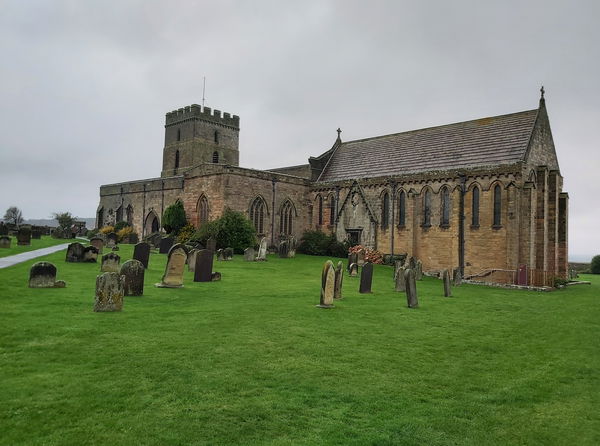
St Aidan's Church
Religious Place Bamburgh NorthumberlandA 12th century church standing on the site of the original wooden church built by St Aidan in the 7th century.
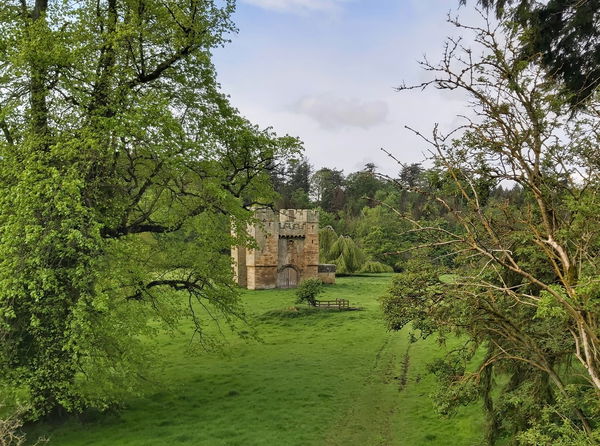
Alnwick Abbey Gatehouse
Religious Place Alnwick NorthumberlandThe remaining gatehouse from Alnwick Abbey, built in the 12th century.
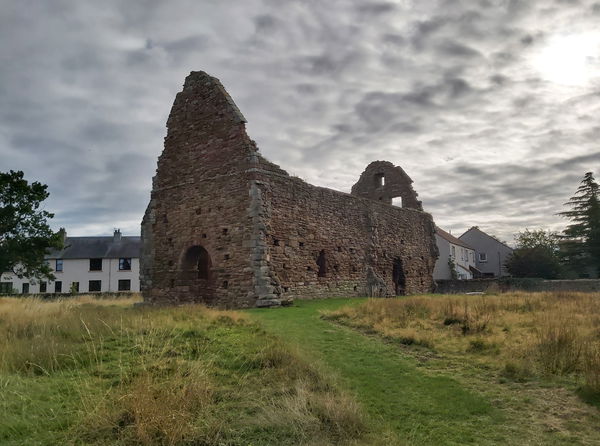
St Martin's Kirk
Religious Place East Lothian BordersA mid to late 12th century Kirk (Church) in the Romanesque style in Haddington, East Lothian.
Never Miss A Fabulous Place
If you are afraid of missing out on all the fabulous places we post, or just want to be the first to know, then sign up to the Fabulous North.
Each week we will email you all the brand new places that we visit.
Sign Up To AlertsFind Us On Facebook
We post all our new places daily on our Facebook Groups page, so join the group today and be notified when we add a new place.
Join Our Facebook Group
